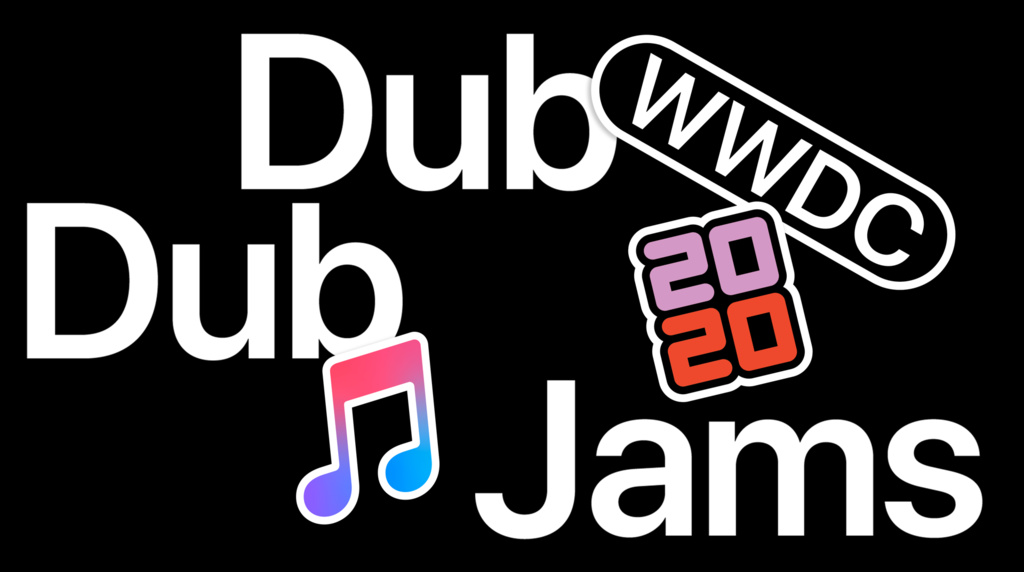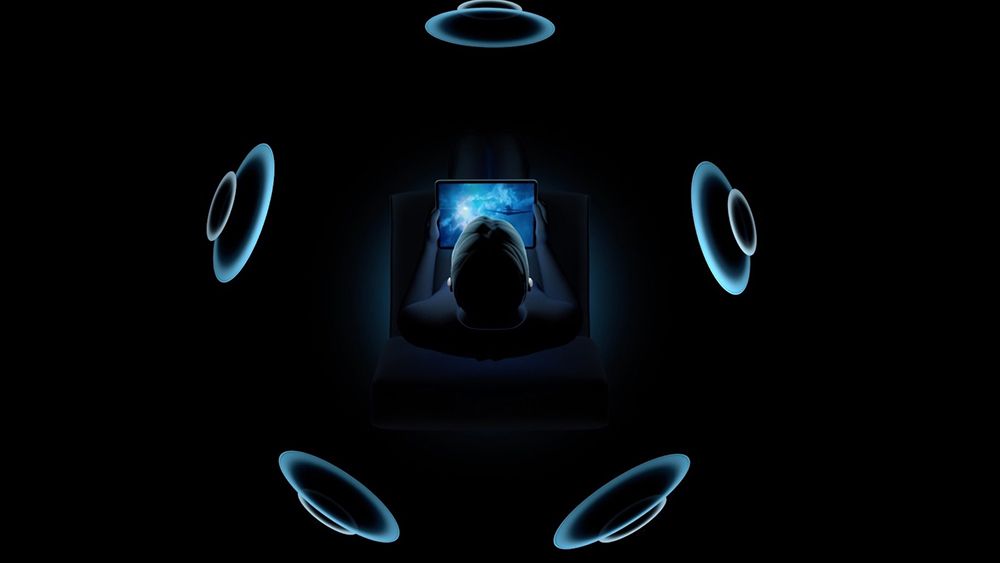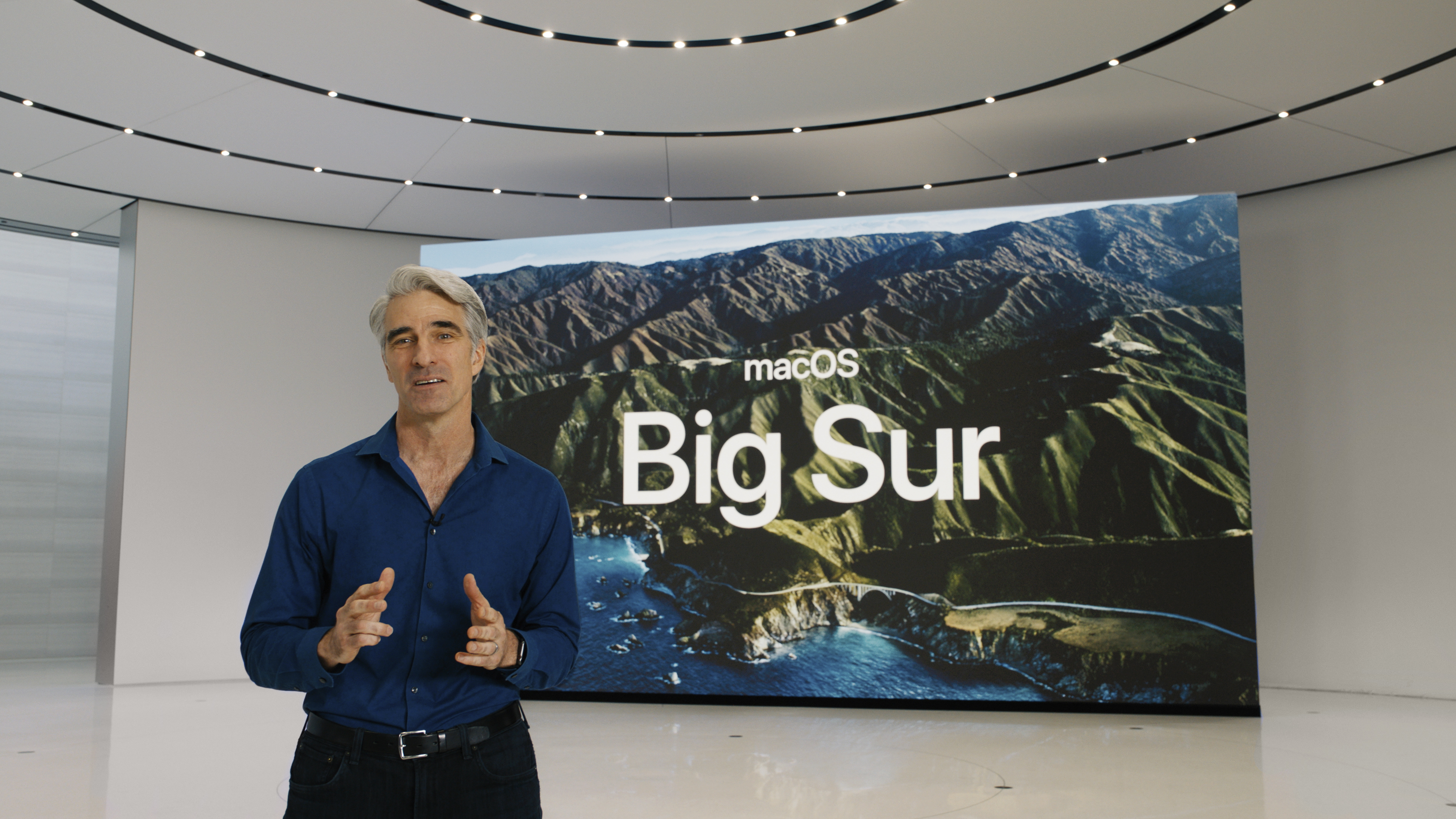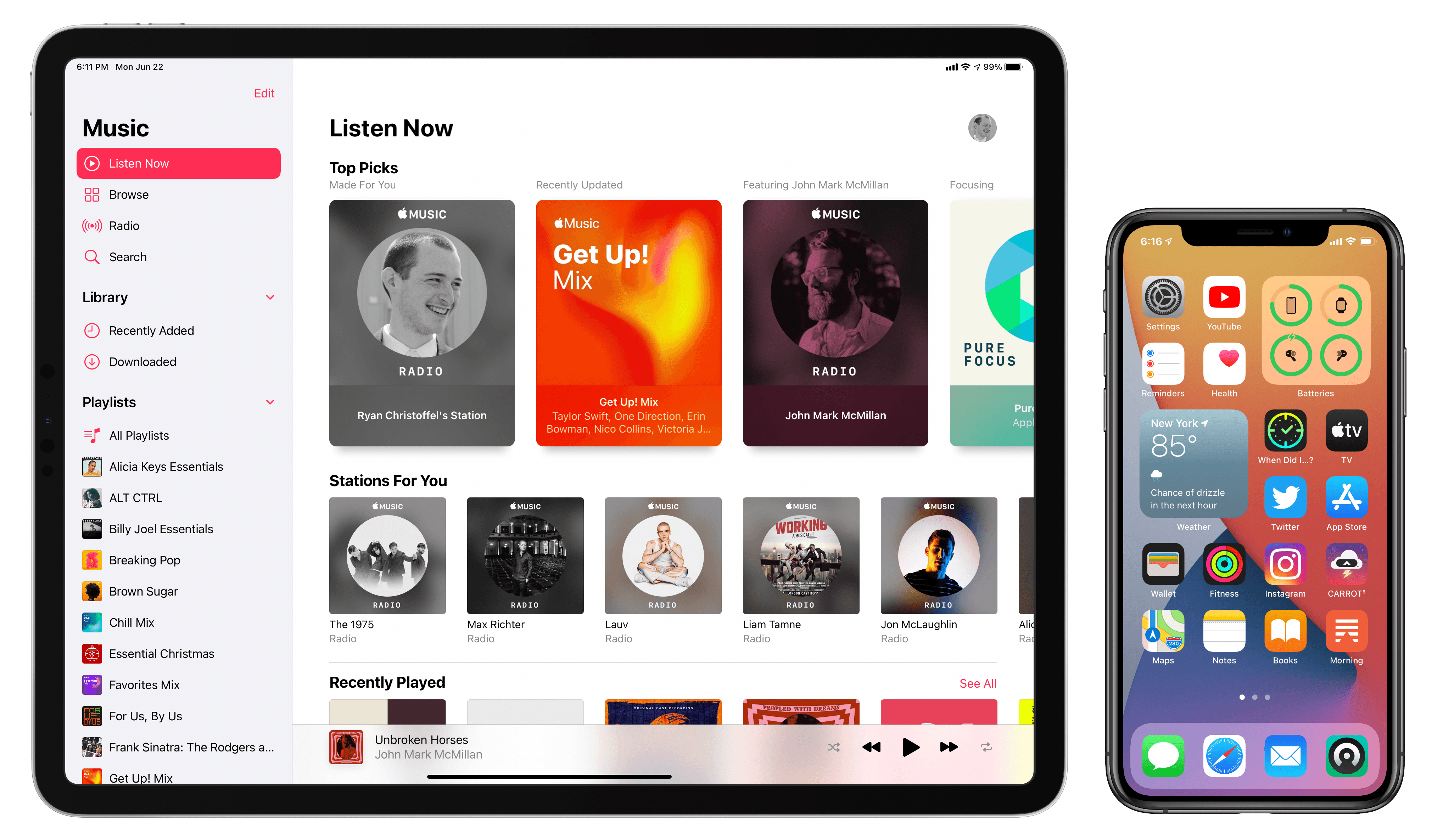WWDC week is always full of big and small announcements about Apple’s core software platforms. Monday’s keynote only has time for sharing a limited number of details, however, so as the week goes on many new discoveries are made as developers and writers delve into the first beta OS releases themselves. As a result, we always have a roundup of new things to share midway through the week. So today, on top of everything detailed in our overviews of iOS and iPadOS 14, watchOS 7, macOS Big Sur, and tvOS 14, here’s an assortment of extra goodies that will be arriving on your devices this fall.
WWDC 2020: All the Little Things in Apple’s New OS Releases
AppStories, Episode 169 – WWDC 2020: Keynote Overview and Reactions→
Today on AppStories, we cover the highlights of Apple’s keynote, including widgets, the App Library, App Clips, and design changes in iOS 14, system-wide sidebars and Apple Pencil updates in iPadOS 14, sleep tracking and the Fitness app in watchOS 7, and macOS Big Sur’s big redesign, Safari, and the transition to Apple Silicon.
Apple Highlights the Music of WWDC, Including Federico Viticci’s MusicBot→
Today as part of the Discover section of Apple’s Developer app, the company shared three playlists and interviews with developers about the role music plays in their lives. Among the interviews is one with Federico, who was asked about MusicBot, the Apple Music shortcut that he created, and shared on MacStories, last December.
Sam Rosenthal, the developer behind the excellent Apple Arcade game Where Cards Fall, was interviewed too. He explains how his love of music informs his company’s approach to game development:
“A lot of the bands that I really loved… They didn’t stick with one sound,” he said. Rosenthal has carried that philosophy into his work: “Every time we make something, it should be different from the last. It should surprise people.”
In addition to interviews with developers, Apple shared three playlists: WWDC20 Power Up, WWDC20 Coding Energy, and WWDC20 Coding Focus.
With WWDC forced to be held remotely due to the pandemic and other troubles in the world, I really appreciate the sentiment shared by Federico at the conclusion of Apple’s story:
“Music transcends our differences and has the power to unite us,” Viticci said. “To make us feel connected no matter what’s going on in the world.”
Be sure to check out the playlists above, I’ve only had a chance to scroll through them so far, but they look like excellent collections to enjoy as you catch up on the latest WWDC developments.
The Mac’s Transition to Apple Silicon
Echoes of the past were woven throughout Apple’s announcement that it is transitioning the Mac from Intel-based chips to its own architecture. During the keynote yesterday, Senior Vice President of Hardware Technologies Johny Srouji kicked things off by explaining the balance between performance and power consumption, something that drove the transition to Intel chips nearly 15 years go. Then, Craig Federighi introduced Universal 2 and Rosetta 2, software solutions that originated with the transition to Intel Macs.
It would be a mistake to conclude that the transition to Apple Silicon will be just like the last switch, though. The computing world is very different from 2006, and so is Apple’s lineup of products. The transition carries the promise of powerful, low-power Macs, but it also foreshadows a fundamental change in the relationship among Apple’s platforms that began with the introduction of Mac Catalyst, SwiftUI, and related initiatives. Where precisely these changes lead is not entirely clear yet, but one thing is for certain: the Mac is changing dramatically.
Yesterday, I covered macOS 11.0, known as Big Sur, which is as much a part of this transition as the Mac’s new system-on-a-chip (SoC) will be. Today, however, it’s worth taking a closer look at the hardware that was announced. It won’t be available to consumers until later this year, and the transition is expected to take two years. However, within a week or so, developers will begin receiving test kits that will allow them to start working on supporting the new hardware when the new Macs start shipping.
Apple Audio: AirPods Receive Automatic Switching, Spatial Audio on AirPods Pro, and HomePod Integrates with Third-Party Music Services
Apple’s audio products – especially AirPods and AirPods Pro – are becoming major players in the company’s product ecosystem, and as a result it’s no surprise that new features for these products were announced at WWDC. Easily my favorite audio announcement was automatic switching between devices, but there’s a lot of other great audio news too: spatial audio on AirPods Pro, third-party music services on HomePod, audio sharing on tvOS, headphone accommodations, and more.
tvOS 14: The MacStories Overview
Apple announced a lot of new software improvements during yesterday’s WWDC keynote, but time was short and one major platform didn’t receive its own segment: tvOS 14. Apple announced new tvOS features as part of its discussion of the home, but fortunately that doesn’t mean the latest Apple TV software release is light on improvements. In addition to features like HomeKit integration, new controller support, and improved Picture in Picture, tvOS 14 will offer a variety of other important updates when it launches this fall.
Here’s my overview of all the best new features.
Craig Federighi on Apple’s New Privacy Initiatives→

Michael Grothaus at Fast Company interviewed Craig Federighi on a subject that was prominent in yesterday’s WWDC keynote: privacy. The interview begins with Federighi sharing how Apple considers the extended long-term impact of its decisions in this area:
“We hope to build a lot of great products that bring customers a lot of joy every year,” he says. “But in the fullness of time, in the scope of hundreds of years from now, I think the place where I hope people can look back and talk about the places where Apple made a huge contribution to humanity is in helping people see the way of taking advantage of this great technology without the false tradeoff of giving up their privacy to do it.”
Grothaus highlights several new privacy features throughout his piece, all of which will arrive this fall in Apple’s new batch of software releases. One especially interesting feature is called Approximate Location:
With this option, an app will never know the precise spot you’re at. Instead, it will learn the general area, which is often enough to provide the same level of service without intruding on your privacy to the same degree. To achieve the “approximate location” feature, Apple divided the entire planet into regions roughly 10 square miles in size. Each region has its own name and boundaries, and the area of the region is not based on a radius from the user–it’s fixed. That means that an app can’t extrapolate your precise location from approximate location data, because you aren’t necessarily at the center point of that approximate location boundary.
In a packed, fast-moving keynote, it was noteworthy that Apple dedicated an entire segment of the presentation to privacy. The company ships new privacy features annually, and considering its stated focus on future centuries, it shows no signs of letting up any time soon.
You can also follow all of our WWDC coverage through our WWDC 2020 hub, or subscribe to the dedicated WWDC 2020 RSS feed.
macOS Big Sur: The MacStories Overview
It was a big day for the Mac. At WWDC’s opening keynote, Apple announced that the platform will transition to Apple-designed chips dubbed Apple Silicon. That switch was highly anticipated, and I’ll cover it in a separate story tomorrow. What was a bigger surprise, though, was the complete makeover of macOS that was revealed.
The latest version of macOS, which has been incremented to version 11.0 and is known as Big Sur, ushers in a new design language that reduces chrome and takes cues from aspects of iPadOS. The design changes to macOS weren’t the only big change announced today, though. Safari got what Apple describes as its biggest update ever, which includes under-the-hood performance enhancements, design tweaks, and all-new features. Big Sur will gain many of the features coming to iOS and iPadOS, too, bringing feature parity across platforms to more apps than ever.
iOS and iPadOS 14: The MacStories Overview
Today Apple detailed the next major versions of its two most popular computing platforms: iOS and iPadOS 14. While the list of new features in these releases may not be as long as in some years, each update nonetheless has a lot to offer. From Home screen enhancements to tons of app upgrades spanning nearly every system app, plus the new Translate app and Siri improvements, Apple Pencil handwriting features, emoji search (finally!) and more, the iPhone and iPad are being refined this year in a variety of ways.
Here’s our in-depth overview of all the most important updates.














